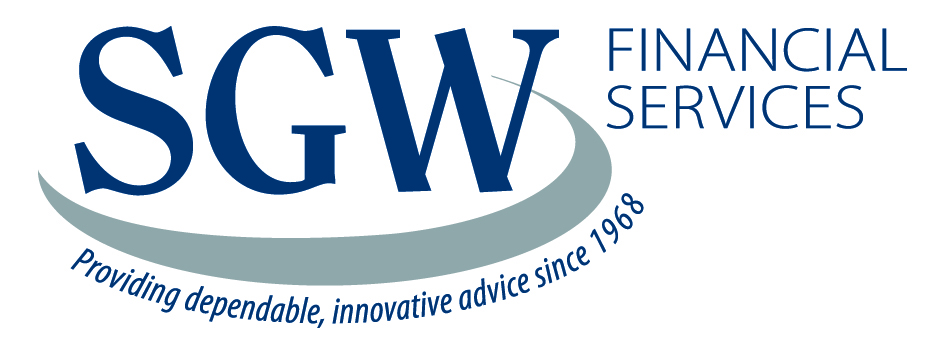If you’re looking at retiring in the near future, your savings will soon turn into an income stream. So the more you’ve saved, the better. Here are some ways you could top up your retirement savings before you retire.

1. Make the most of after-tax contributions
Making personal contributions to your super from your after-tax money can be one way to boost your super. These are known as non-concessional contributions and, while there is no tax deduction available, an annual cap of $110,000 applies1.
If you were under 75 on 1 July 2022, then depending on your overall super balance, you may also be able to bring forward up to three years of this cap, allowing you to contribute a total of $330,000 in the same financial year. However, this will depend on your total superannuation balance as at 30 June of the previous financial year. For more information check out the ATO website.
If you have super assets of $1.7 million or more as at 30 June of the previous financial year, you can’t make after-tax contributions to your super or you may be penalised. There are also restrictions on the ability to trigger bring-forward rules where you have a large total superannuation balance (more than $1.48 million as at the previous 30 June).
2. Consider tax-effective contributions like salary sacrifice
If you’re an employee, making voluntary contributions from your before-tax salary to your super (also known as salary sacrifice) could not only help you boost your super but also potentially reduce the amount of tax you pay.
And if you’re self-employed, or if salary sacrifice is not for you, you don’t need to miss out. Consider whether a personal contribution to your super (using your own cash) and claiming this amount as a personal tax deduction is right for you.
As these contributions reduce your personal taxable income, they will generally be taxed at 15%2 when received by your super fund, meaning there could be tax benefits if your personal marginal tax rate3 (the amount of tax you pay on your income) is higher than 15%.
These types of tax-effective contributions are known as concessional contributions. Concessional contributions are capped at $27,500 per financial year (including any compulsory superannuation guarantee from your employer). However, you may be able to increase your annual cap if you’re eligible to access unused concessional contribution cap amounts from previous years4.
Get a rough idea of how much tax you might save while boosting your super with AMP’s salary sacrifice calculator
3. Review your investment options
While the contributions you make may have a significant impact on your super balance when you retire, the investment returns generated by your super fund also matter, as well as how long your money was invested.
Check whether your super is invested in appropriate options based on your needs and financial circumstances such as age, goals and your level of risk tolerance. If you’re unsure, contact your super fund or a financial adviser for guidance. It’s worth reviewing your investment options regularly.
4. Consider spouse contributions
In some circumstances, you may be eligible for a tax offset if you make an after-tax contribution to your spouse’s super (husband, wife or de facto) and satisfy eligibility criteria.
If you make after-tax contributions to your spouse’s super fund, you may be able to claim an 18% tax offset on a spouse contribution of up to $3,000 when completing your tax return at the end of the year5.
To qualify for the full tax offset, which works out to be $540, your spouse’s income must be $37,000 or less. Their income must be less than $40,000 for you to receive a partial tax offset.
5. Look into downsizer contributions
You may be able to top up your super using the proceeds from the sale of your main residence. If you’re 65 or over, you you’re 60 or over, you can make an after-tax contribution into your super account of up to $300,000 from the sale proceeds of your home if you have owned the property for at least 10 years. Couples can contribute $300,000 each, regardless of their work status, super balance or history of contributions.
Here are some more tips for how to make the most of your super in the lead up to retirement. And consider giving some thought to how you’re going to access your super savings once you’ve retired.
1,4 ATO, If you exceed your non-concessional contributions cap
2 ATO, Tax on contributions – before tax super contributions (concessional)
3 ATO, Individual income tax rates, residents 2021-22
5 ATO, Super-related tax offsets
Source: AMP July 2022
Important:
This information is provided by AMP Life Limited. It is general information only and hasn’t taken your circumstances into account. It’s important to consider your particular circumstances and the relevant Product Disclosure Statement or Terms and Conditions, available by calling 02 6947 2866, before deciding what’s right for you.
All information in this article is subject to change without notice. Although the information is from sources considered reliable, AMP and our company do not guarantee that it is accurate or complete. You should not rely upon it and should seek professional advice before making any financial decision. Except where liability under any statute cannot be excluded, AMP and our company do not accept any liability for any resulting loss or damage of the reader or any other person. Any links have been provided for information purposes only and will take you to external websites. Note: Our company does not endorse and is not responsible for the accuracy of the contents/information contained within the linked site(s) accessible from this page.
